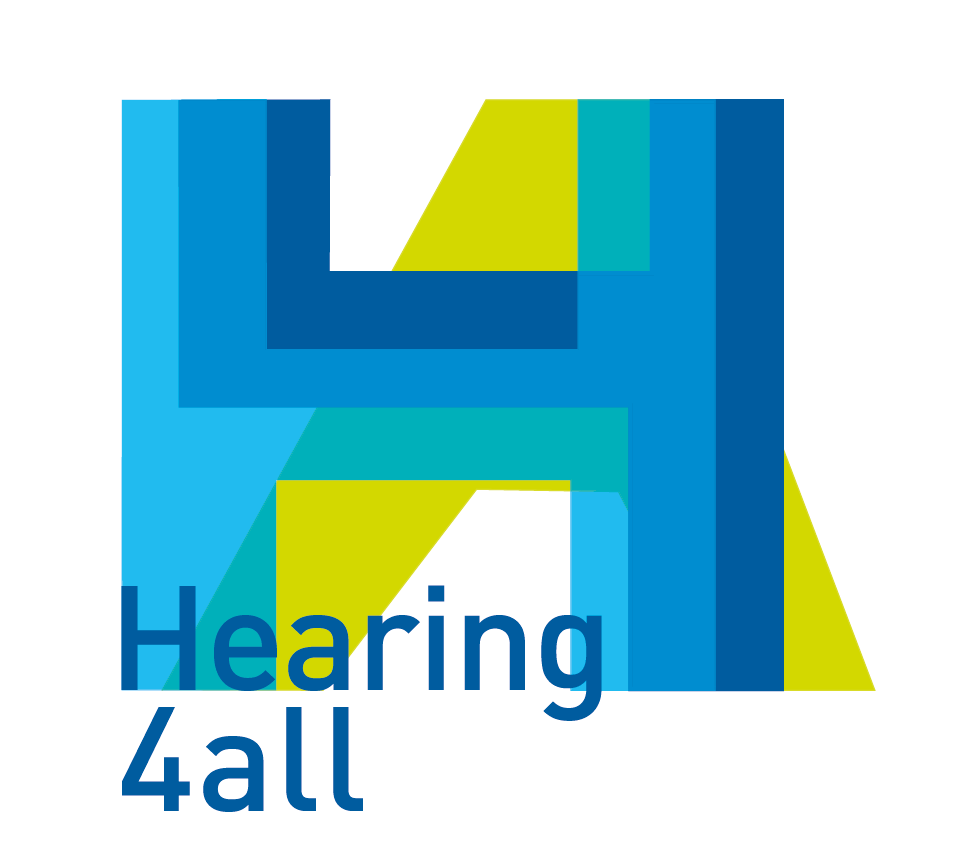Closing the efferent auditory loop: development and testing of a personalized wearable ear-EEG recording device
Hearing aids and cochlear implants aim at restoring auditory cognition for many patients, from congenitally deaf children to injured individuals and senior populations. Current technologies amplify signals relevant for speech understanding and feed it to the afferent nervous system. Yet, the healthy human auditory system is more intricate, it can isolate weak sounds in highly complex and noisy acoustic environments. This requires some level of top-down contribution from the efferent nervous pathway influenced by the listener’s emotions and intent. Speech perception is enhanced through this auditory feedback loop, however current hearing devices do not mimic this fine-tuning ability. Future hearing technology may benefit from brain-computer interface (BCI) technology to achieve this goal. Electroencephalography (EEG) has been widely used in the development of non-invasive BCIs because of its good temporal resolution and established technology. However, research-grade EEG has been limited to controlled environments since conventional recording devices are bulky and sensitive to movement. In addition, they typically require caps to position arrays of sensors on the scalp, which are unsuitable for daily-life settings. To overcome this limitation a portable and unobtrusive ear-EEG recording system was developed and tested against laboratory-conscribed scalp-EEG. The ear-EEG system senses brain-electrical signals from in and around-the-ear, using custom-fitted earpieces. Because the ear canal is usually hair-free and asymmetrical, this earpiece solution is less susceptible to motion. The research goal was to assess if ear-EEG could produce similar results to conventional EEG apparatus.
Miniaturized wet Ag/AgCl electrodes were installed in a custom-fitted EERS/SonoFitTM in-ear audio platform. This in-ear audio platform was coupled with a behind-the-ear piece forming a 5 mini-electrode interface. Event-related potentials (ERPs) obtained from an auditory oddball and a mismatch negativity paradigm were collected while recording brain activity simultaneously with this setup, dubbed “EARtrode”, and scalp-EEG technology. Although EARtrode's signals had lower amplitudes, resulting signal-to-noise ratio and condition effect size were similar for both methods. As a consequence, EARtrode is a promising candidate for future small, mobile, and unobtrusive BCI platforms. In the long term ear-EEG systems could be merged with hearing aids to build next-generation devices that dynamically adapt to the listener’s intentions and state changes. Our next step aims at testing new applications to explore ear-EEG’s potential. Specifically, an ear-centered smartphone-controlled EEG platform could be used to measure levels of vigilance and cognitive load. Ear-EEG BCIs may evolve into truly assistive technology if they can be shown to reliably decode user mental states.
Warning: Use of undefined constant s - assumed 's' (this will throw an Error in a future version of PHP) in /home/spinnluxnr/www/2017/pages/programme.php on line 208


